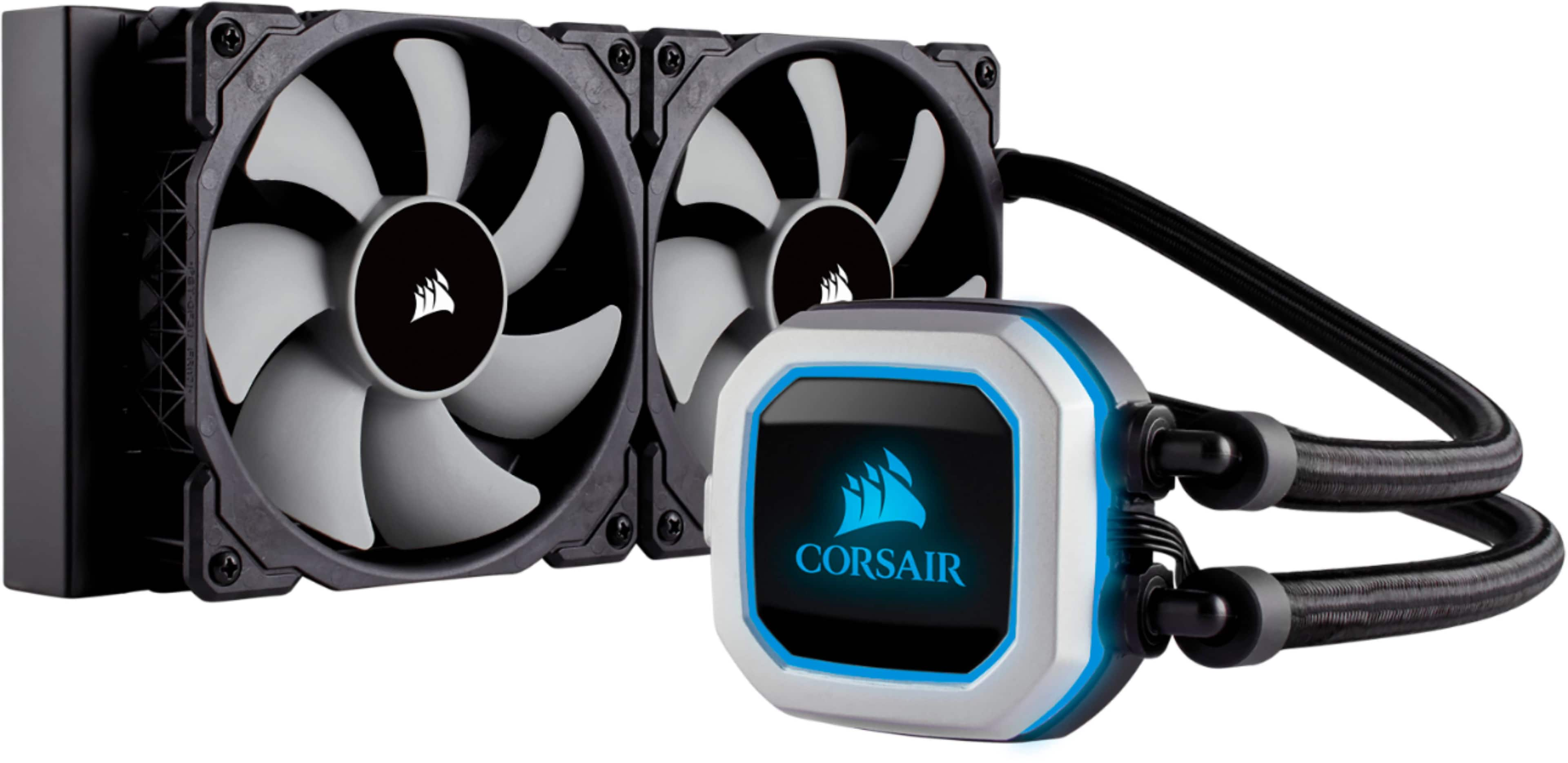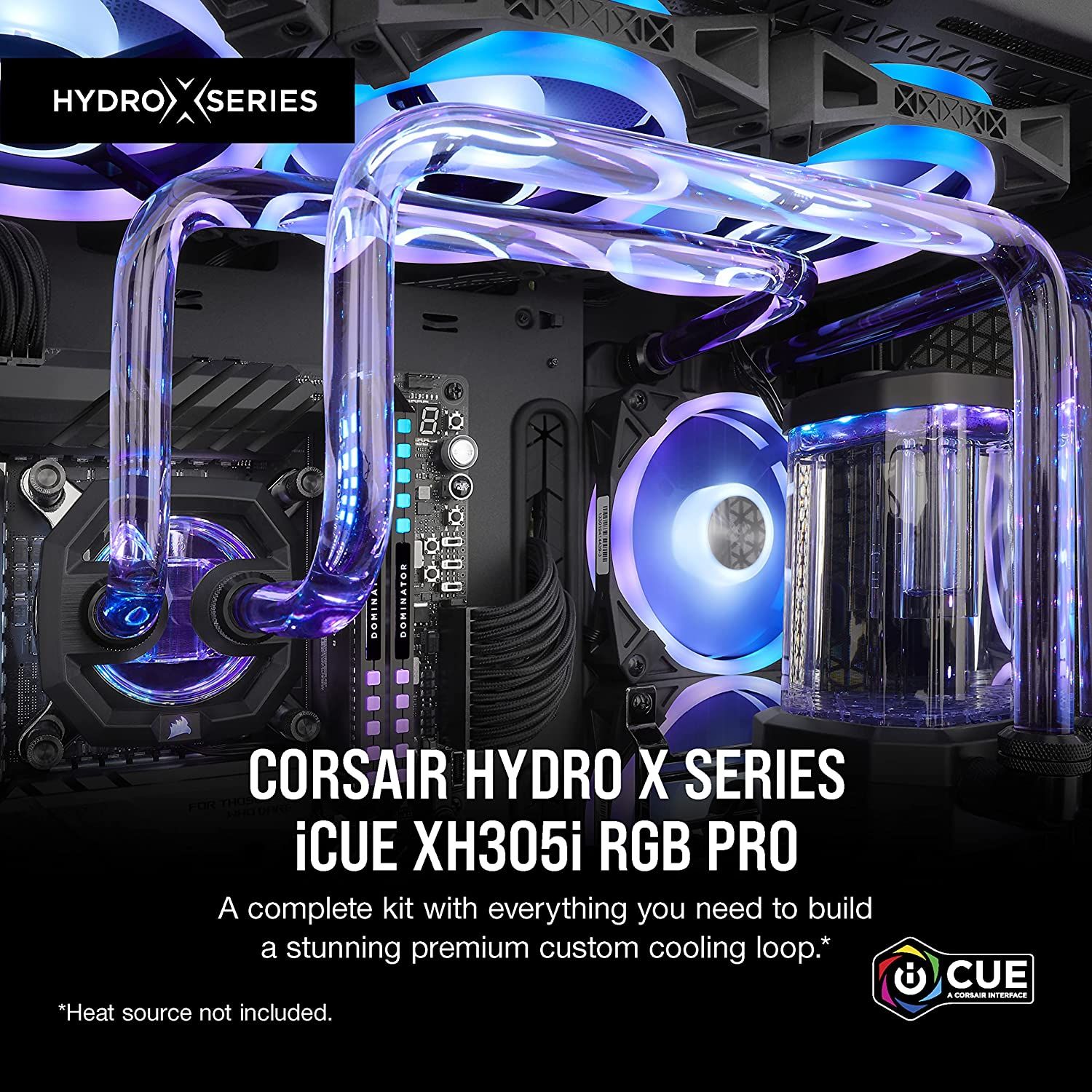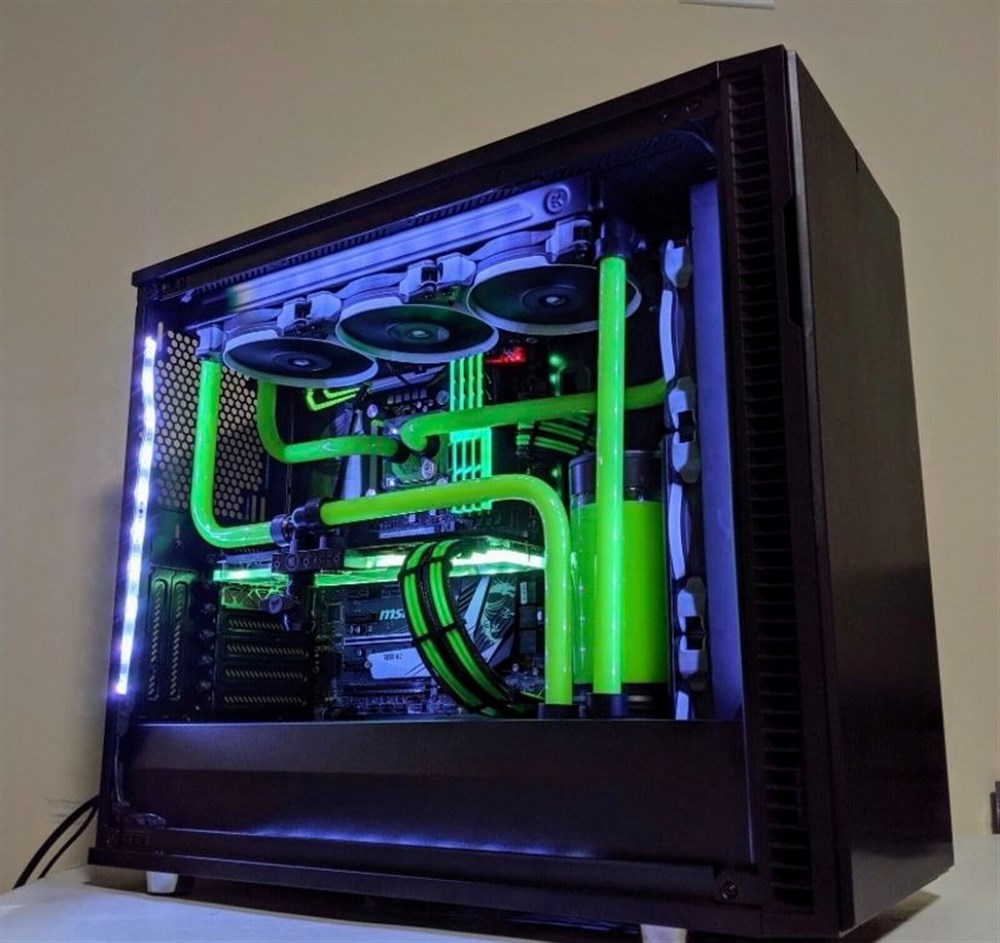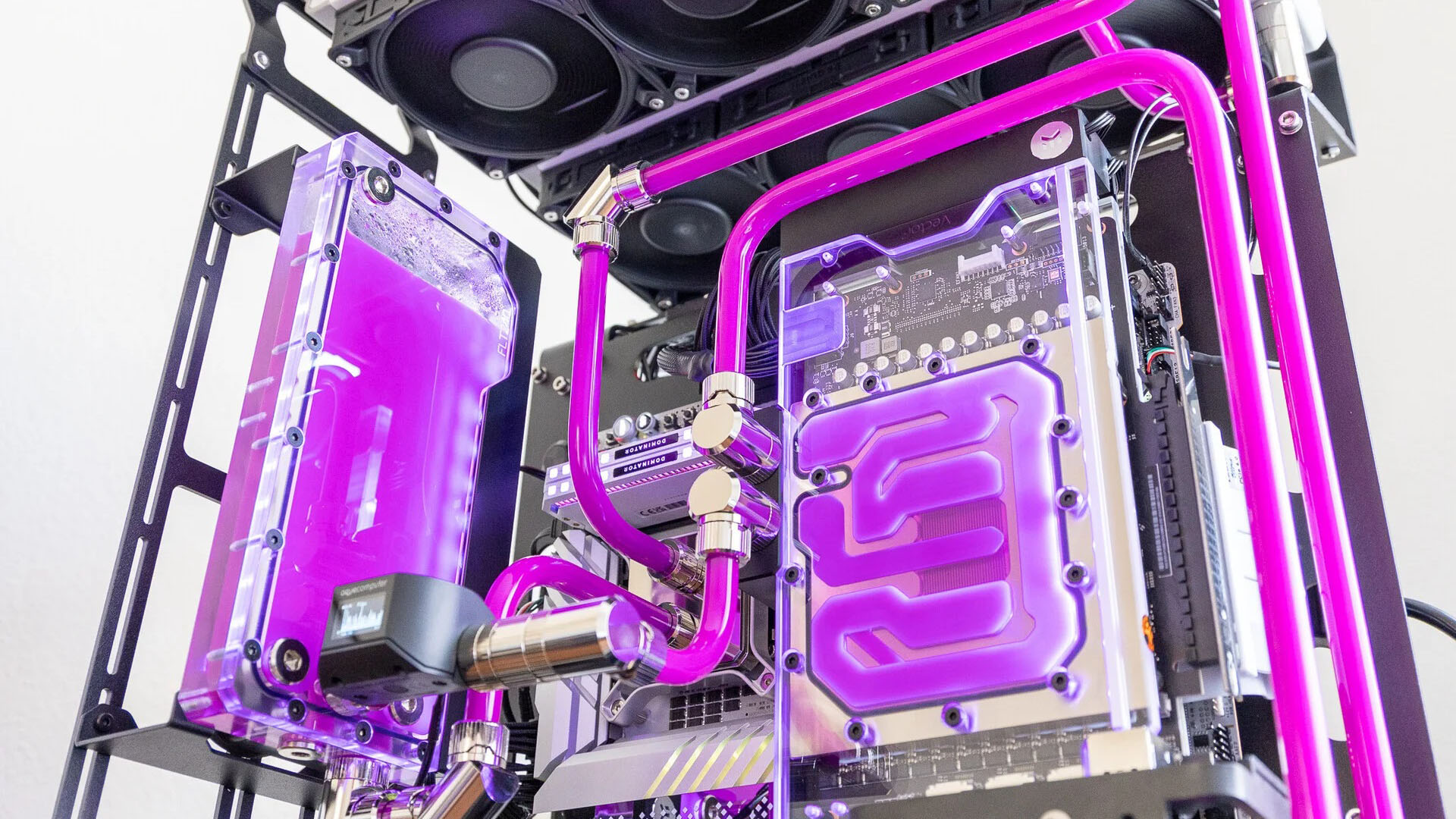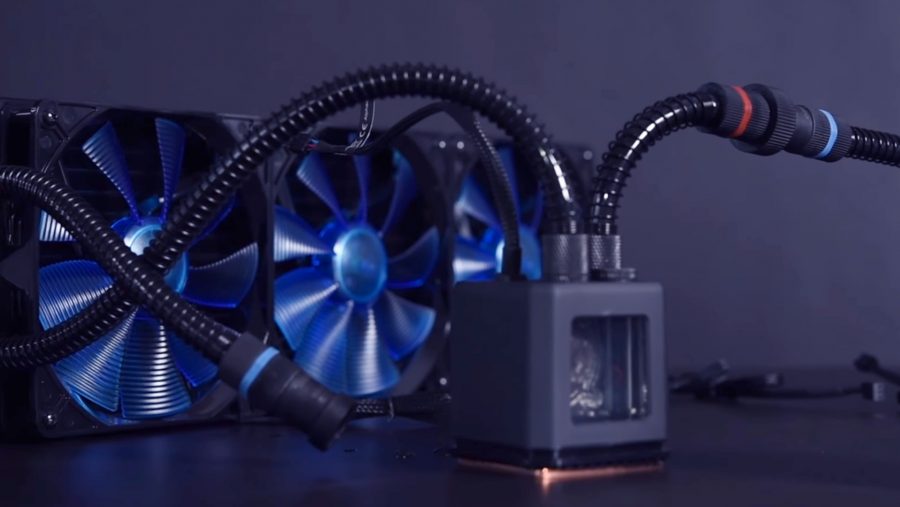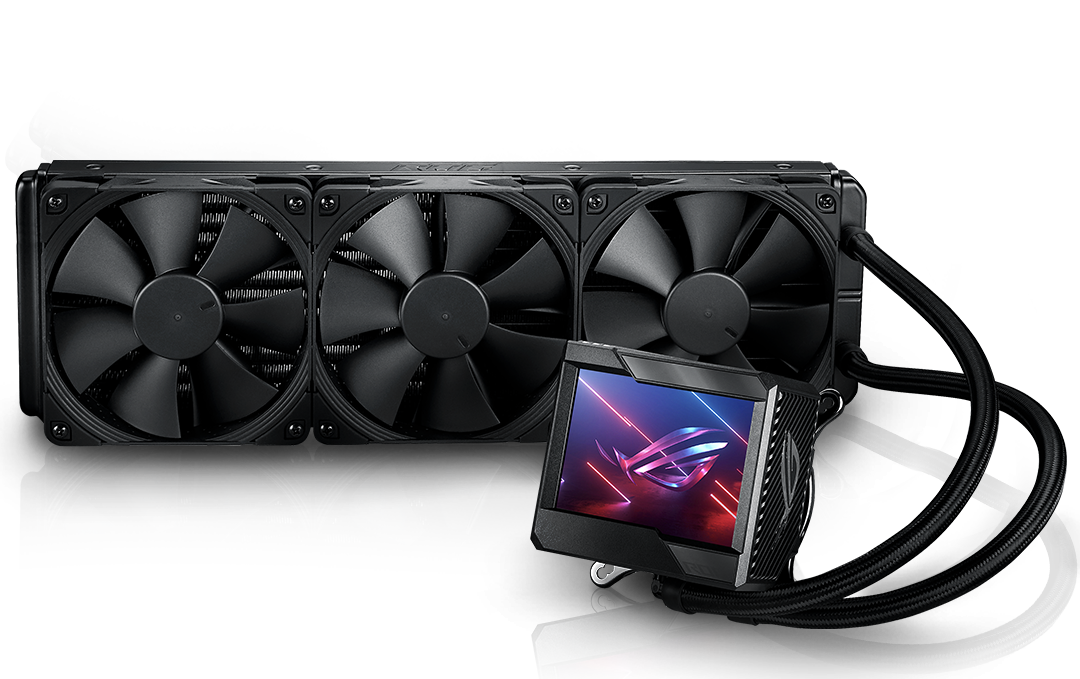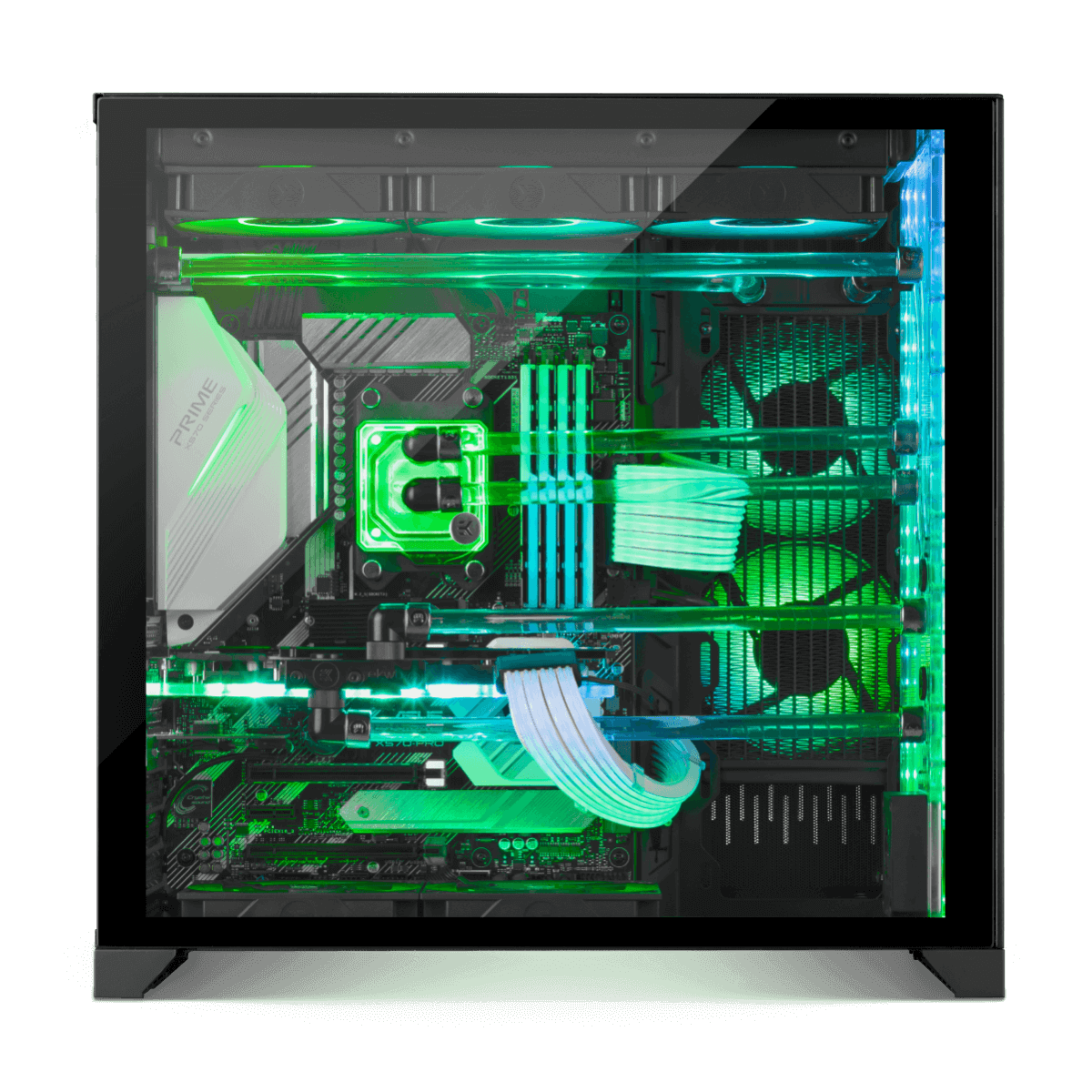Best Liquid Cooling System For Gaming Pc 2017

Enthusiast gamers and PC builders in 2017 were constantly seeking the optimal balance of performance and aesthetics, particularly when it came to cooling solutions. Liquid cooling systems, once reserved for extreme overclockers, were becoming increasingly accessible and popular for mainstream gaming PCs.
This article revisits the landscape of liquid cooling solutions in 2017, examining the top-performing and most sought-after systems that helped gamers achieve peak performance while keeping their components cool. Understanding which systems stood out provides valuable context for appreciating the evolution of PC cooling technology and the enduring demand for efficient thermal management.
All-in-One (AIO) Coolers Dominate
The AIO liquid cooler segment saw significant growth in 2017. These self-contained units offered a simpler installation process compared to custom loops, making them attractive to a wider audience. Leading manufacturers like Corsair, NZXT, and Cooler Master released innovative designs that focused on improved pump performance, radiator efficiency, and customizable RGB lighting.
Corsair's Hydro Series H115i and H100i v2 were consistently praised for their excellent cooling capabilities and user-friendly software. They allowed for fan speed adjustments and temperature monitoring. NZXT's Kraken series, particularly the X62 and X52, were lauded for their distinctive aesthetics and CAM software integration, which provided detailed system information and lighting control.
Cooler Master offered competitive options with their MasterLiquid Pro series, emphasizing a dual-chamber pump design to enhance coolant flow and reduce noise. These AIOs were a popular choice for gamers who wanted to maintain high clock speeds without experiencing thermal throttling. Thermal throttling happens when a processor reduces its operating frequency to prevent overheating.
Custom Loop Considerations
While AIO coolers gained mainstream appeal, custom liquid cooling loops remained the pinnacle of performance and customization. These systems required more expertise and planning but offered unparalleled cooling potential and visual appeal.
Brands like EKWB and Bitspower were go-to suppliers for water blocks, pumps, reservoirs, and fittings. They catered to experienced builders seeking to create elaborate cooling setups. These systems allowed for cooling not only the CPU but also the GPU and even motherboard components.
Building a custom loop in 2017 was a significant investment. It involved meticulously selecting compatible components and carefully assembling the loop to ensure leak-free operation. However, the resulting performance and aesthetics were unmatched.
Key Factors Influencing Choice
Several factors influenced a buyer's decision when choosing a liquid cooling system in 2017. These factors included the size of the CPU, the thermal design power (TDP) of the processor, and the available space within the PC case.
Budget was a major consideration, with AIO coolers generally being more affordable than custom loops. Noise levels were also a factor, as some coolers prioritized performance over quiet operation.
The inclusion of RGB lighting became a key selling point, as gamers increasingly sought to personalize their builds with vibrant and customizable lighting effects. Manufacturers responded by incorporating RGB lighting into fans, pump housings, and even water blocks.
The Legacy of 2017
The liquid cooling systems of 2017 set the stage for advancements in cooling technology that continue to shape the market today. Innovations in pump design, radiator construction, and software control paved the way for more efficient and user-friendly cooling solutions.
The popularity of AIO coolers helped democratize liquid cooling. This made it accessible to a broader range of gamers. The demand for high-performance cooling has only grown in the years since.
By reflecting on the state of liquid cooling in 2017, we can better appreciate the ongoing evolution of PC cooling technology and the enduring quest for optimal thermal management in gaming PCs.

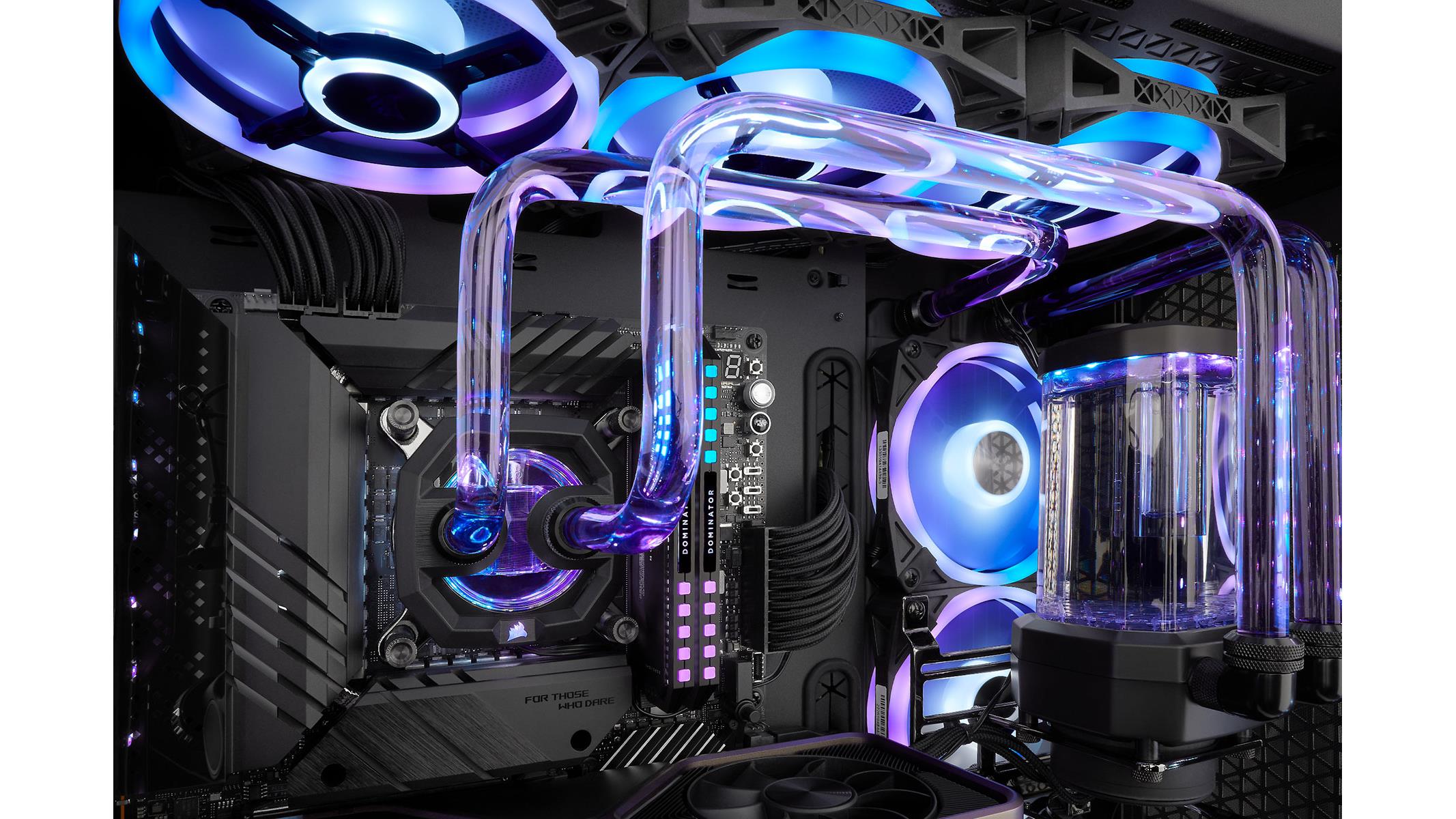
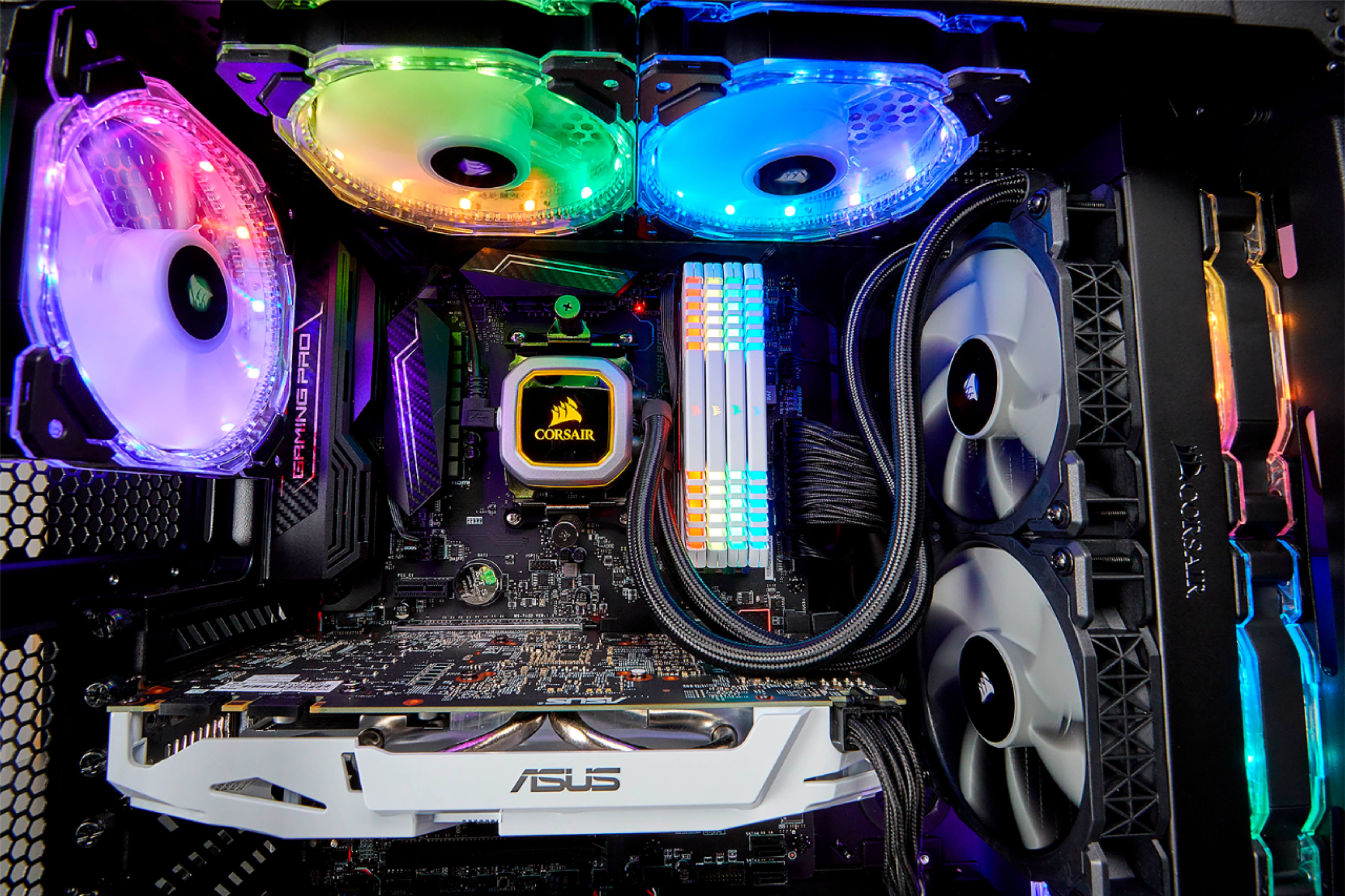
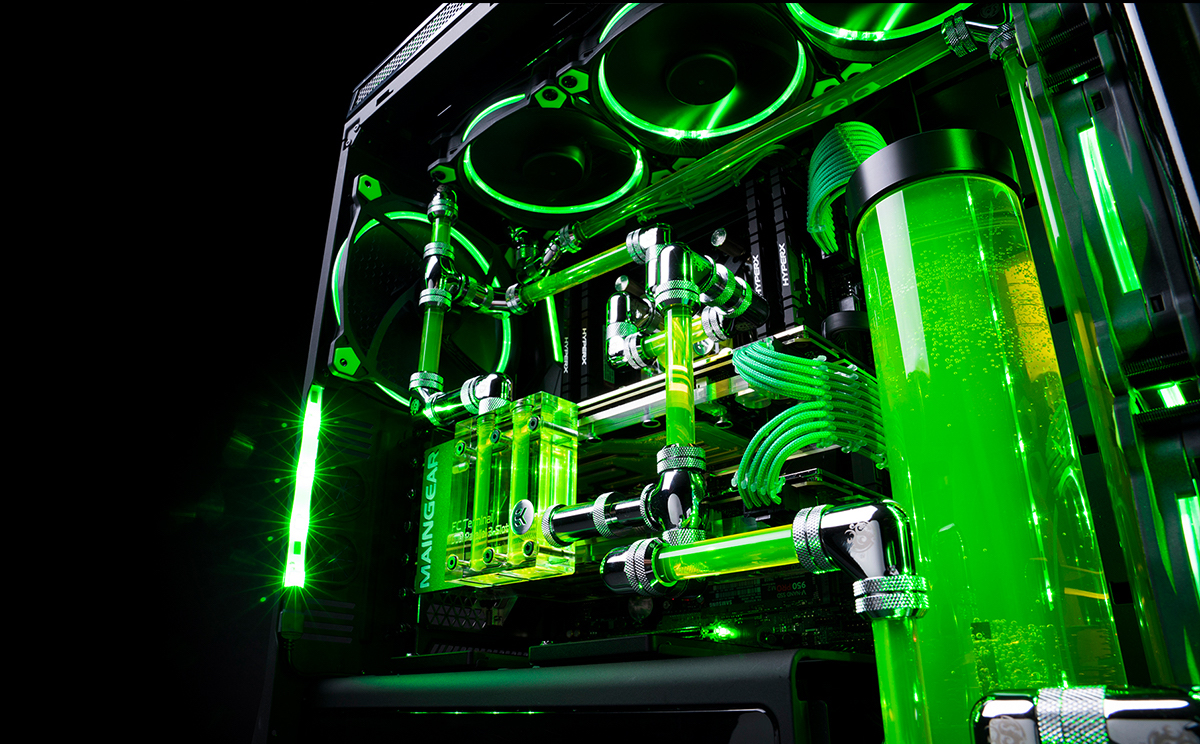
/H140-X-800-5804ec3c5f9b5805c2b7141e.jpg)
